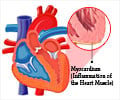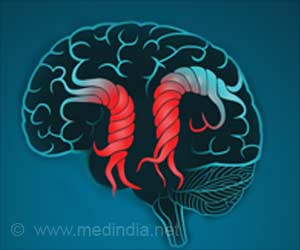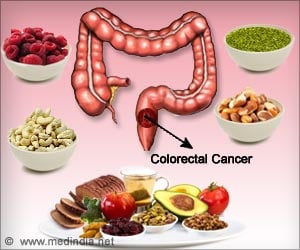Exercise is more beneficial to people with cardiovascular problems than those without cardiovascular disease (CVD). Increased physical activity reduces the risk of dying for people with and without CVD.
- People with heart problems benefit more from exercise than those without heart problems
- Physical activity helps control cardiovascular risk factors such as blood pressure, //cholesterol and blood glucose
- Also, making changes in lifestyle to become more physically active can be more beneficial
Read More..
There is plenty of evidence to show that physical activity reduces the risk of dying from CVD in healthy people; there is less evidence of its effect in people with pre-existing CVD although guidelines recommend it, and, until now, no study has compared the beneficial effect of physical activity between people with and without CVD.
Details of the Study
The research team was led by Dr Sang-Woo Jeong, a cardiologist at Seoul National University (Seoul, Korea), looked at data from a total of 441,798 people enrolled in the Korean National Health Insurance Services Health Screening Cohort, who underwent a health screening programme between 2009 and 2015 and completed surveys on physical activity.
The participants were aged over 40 years, and the average age was 60. A total of 131,558 had CVD and 310,240 did not; 53.5% were men. The participants were followed for nearly six years, and information on deaths and causes of death were collected from the Korean National Death Index.
The survey on physical activity asked them to remember how much physical activity they had undertaken in the past seven days and this information was converted into units of metabolic equivalent task (MET) minutes per week (MET-mins/week). Co-author Dr Si-Hyuck Kang, also a cardiologist at Seoul National University, said: "The 2016 ESC guideline for primary prevention recommends healthy adults of all ages should perform at least 150 minutes a week of moderate intensity or 75 minutes a week of vigorous intensity aerobic physical activity, or an equivalent combination. One way you can achieve 500 MET-minutes a week is to do brisk walking for 30 minutes, five times a week.
Results of the Study
Among people with CVD, although the greatest benefit was seen in those who did 0-499 MET-mins/week, the reduction in the risk of death continued to improve beyond 500 MET-mins/week. Compared to people without CVD who did the most exercise, the increased risk was 87% and 45% for people with CVD who had a totally sedentary lifestyle and for those who did 0-499 MET-mins/week, respectively. Among people with CVD who did 1000 MET-mins/week or more of physical activity, the risk of death fell further to a 14% increased risk.
Dr Jeong: "We found that approximately half of the people in the study did not reach the recommended level of leisure-time physical activity, and a quarter had a totally sedentary lifestyle. People with cardiovascular disease had lower levels of physical activity than those without, but the more exercise people did, the lower their risk of death during the six years of follow-up. The main new finding of this study is that people with cardiovascular disease benefit from a physically active lifestyle to a greater extent than healthy people without cardiovascular disease."
Tips to Prevent Cardiovascular Disease
The researchers believe their findings can apply to other people in other countries as the role played by physical activity in CVD is common to all populations.
Dr Kang said: "There may be several plausible explanations for why people with CVD benefited the most from exercise. First, sedentary lifestyle is a well-known risk factor for CVD. Patients with CVD may have had sedentary lifestyles, and thus changing their lifestyle to become more physically active may be more beneficial.
Secondly, a number of previous studies have shown that physical activity helps control cardiovascular risk factors such as blood pressure, cholesterol and blood glucose. The benefit of physical activity in secondary prevention may come by better controlling such risk factors. Lastly, patients with CVD usually have higher levels of systemic inflammation than those without CVD, and there is evidence that physical activity lowers systemic inflammatory levels." As a result of their findings, Dr Kang said: "Doctors should emphasise the importance of a physically active lifestyle for patients with cardiovascular disease. They should be encouraged to maintain as much physical activity as possible. People who are physically active sleep better, feel better and function better. We would like to stress that physical activity is an economic way to live longer, healthier and happier, with little adverse effects."
Limitations of the study include the fact that participants reported their physically activity by answering a questionnaire, and this did not include physical activity that took place as part of normal life, such as occupation, transportation and housework. The questionnaire focused mainly on aerobic exercise and information on muscle and bone-strengthening exercise was limited.
Source-Eurekalert
















